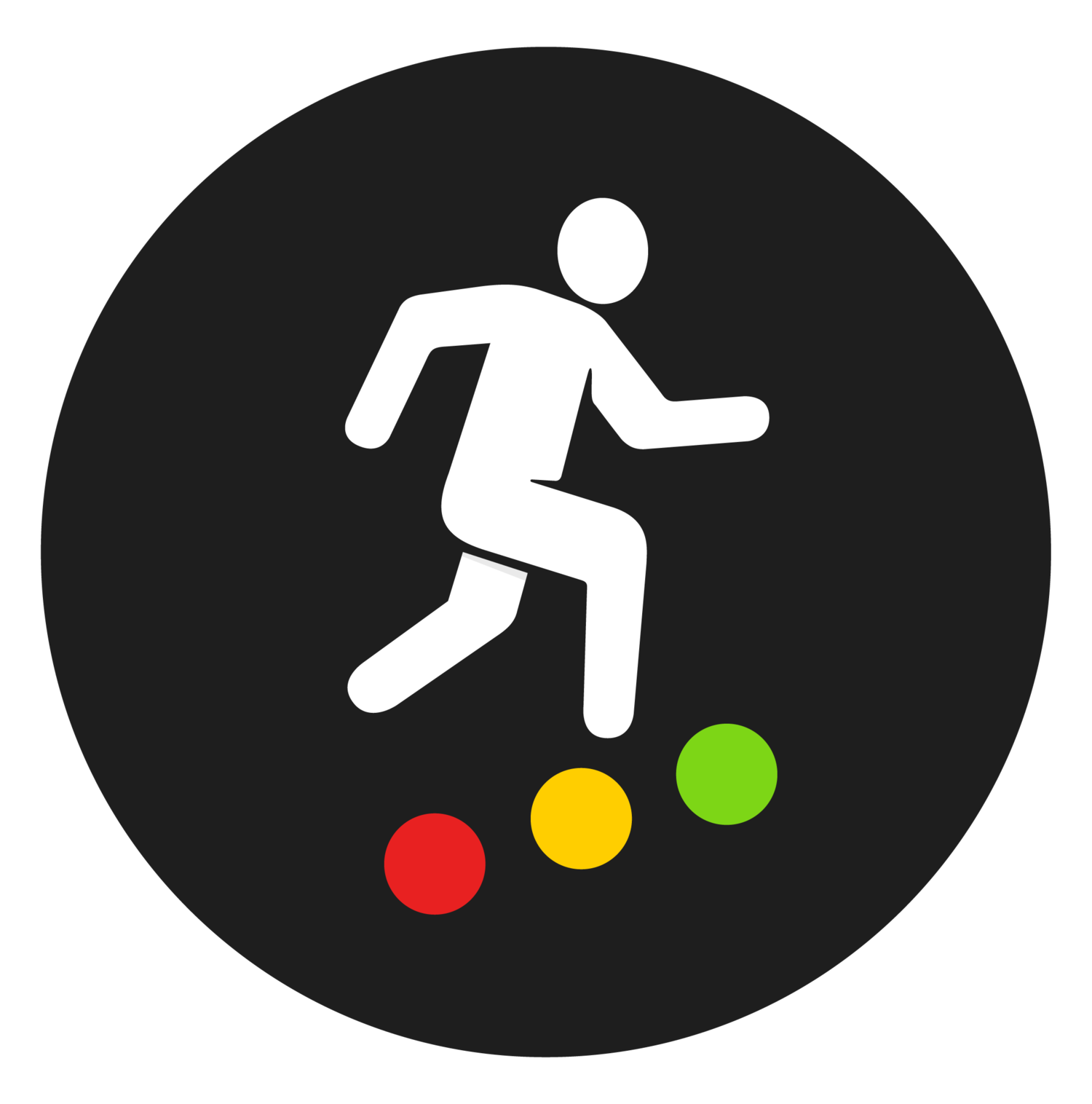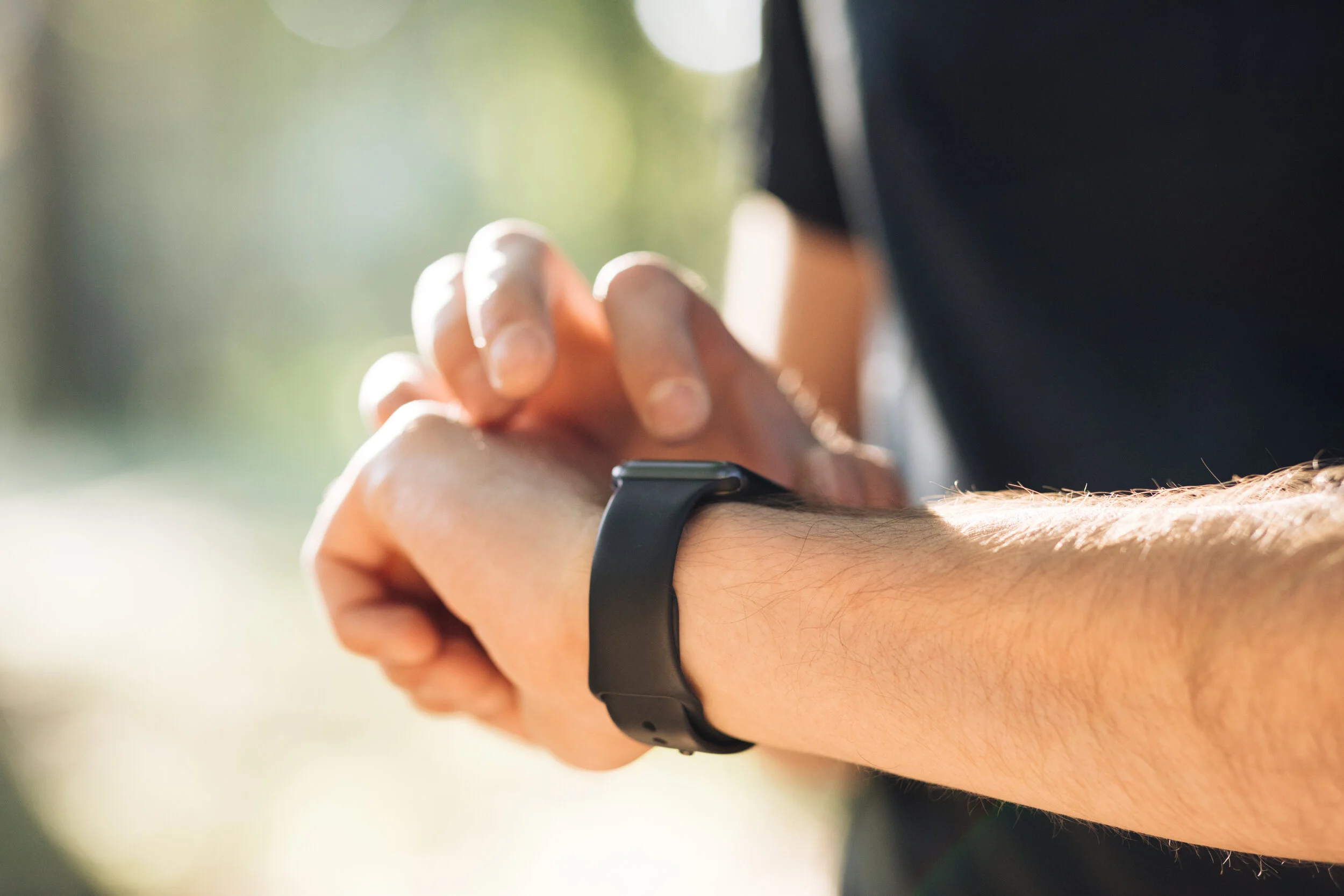How much can I trust HRV? Are the measurements accurate?
The key question here is probably actually to what degree can I trust HRV as a guide to how I approach training. As always this is a complex question but we believe there are some critical elements that affect the answer:
HRV varies naturally during the day even when the readings are only taken in a relaxed state.
Typically HRV readings taken during the night are higher than during the day – resting heart rate is likely to be lower and therefore the absolute variation in beat to beat interval time is longer and the parasympathetic side of the autonomic nervous system is active in recovery mode. During the day, exercise, stress, nutrition, anxiety and many other factors will impact HRV and even in a resting state a higher resting heart rate will usually result in a lower absolute value of HRV.
Absolute values of HRV only really become useful when you compare them against and established personalised baseline.
The key to getting a reading that can be trusted then is about trying to ensure comparable data and many people attempt to do this by taking a reading first thing in the morning to try and replicate conditions on a day to day basis.
This is reasonable in a sense that it would not be reasonable to compare a single reading taken at 2pm with one taken at 7am the previous morning.
However it also has limitations around putting so much emphasis on a single data point each day.
Training today takes a slightly different approach to gain this elusive comparability.
We believe that taking an average reading over an extended time smooths the impact of a single reading and takes account of natural variation of HRV during a 24hr period.
This is possible with the Apple watch because the user does not actively have to take the reading – it just happens in the background when the watch detects the time is appropriate and you are in a relaxed state.
The more data points you have, the more confident you can be that the HRV value is a good indicator of your physiological state. During testing we have been looking at what the most appropriate time period might be to average the readings over.
Too long and the calculated readiness to train score might not be fully representative of your current physiological state. Too short and natural time of day variations may make it more difficult to compare values.
In the upcoming release of the app we will be taking and averaging readings over a rolling 24 hour period meaning that you have the most current active measure of HRV taking account of natural variation during the day as well as the ability to compare against previous values to identify your HRV trend.
Readiness to train (RTT) is calculated by comparing this score against your 60 day baseline average taken from your health data.
One additional point worth mentioning here is that if you are new to the Apple watch, it will take little time for a good baseline measurement of HRV to become established so you may have to be patient before comparing HRV data and hence RTT becomes valid with accuracy improving as time goes on and more data is collected.




